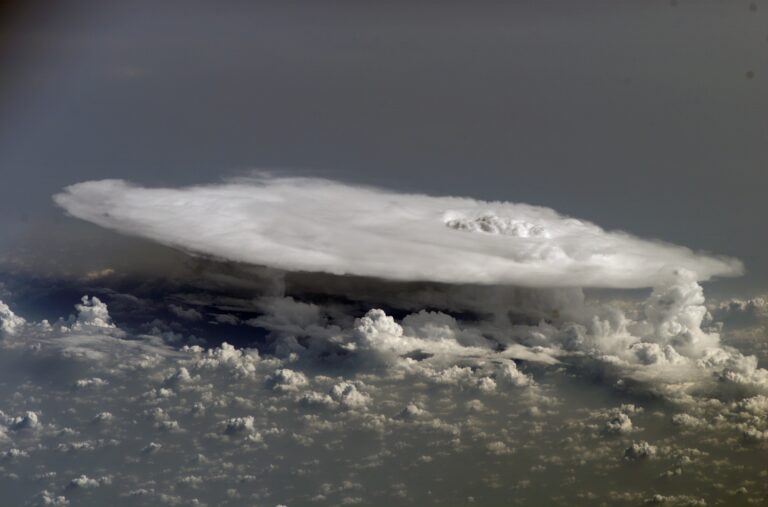US space agency NASA has selected a new mission to help improve the understanding of ice clouds that form at high altitudes throughout tropical and subtropical regions.
The Polarized Submillimeter Ice-cloud Radiometer (PolSIR) instrument will study such ice clouds to determine how and why they change throughout the day. This will provide crucial information about how to accurately simulate these high-altitude clouds in global climate models.
The investigation consists of two identical CubeSats (each just over 30cm high) flying in orbits separated by three to nine hours. Over time, these two instruments will observe the clouds’ daily cycle of ice content.
Nicola Fox, associate administrator for the Science Mission Directorate at NASA Headquarters in Washington, said, “Studying ice clouds is crucial for improving climate forecasts – and this will be the first time we can study ice clouds in this level of detail. Every NASA mission is carefully chosen to better understand our home planet.”
The award is for lifecycle costs of no more than US$37m, which does not include launch costs. The radiometer is an Earth Venture. These lower-cost instruments have a targeted research goal and typically catch a ride on another mission or commercial satellite to minimize launch costs. The Earth Venture class also focuses on providing frequent flight opportunities, so innovative science investigations can be flown relatively quickly, generally within five years or less.
Karen St. Germain, who leads NASA’s Earth Sciences Division, said, “Understanding how these ice clouds respond to a changing climate – and then, in turn, contribute to further changes – remains one of the great challenges to predicting what the atmosphere will do in the future. The radiometers, which measure the radiant energy emitted by clouds, will significantly improve our understanding of how ice clouds change and respond throughout the day.”



